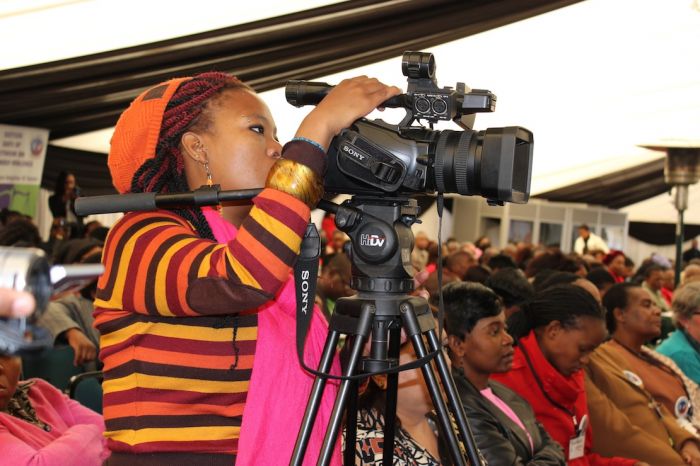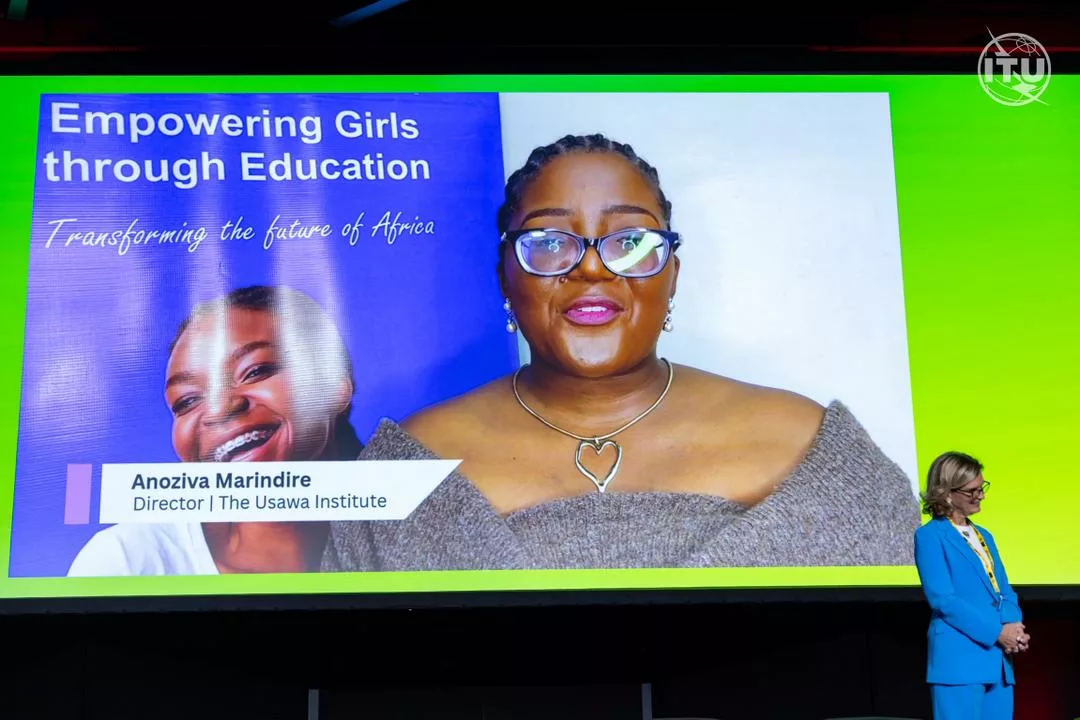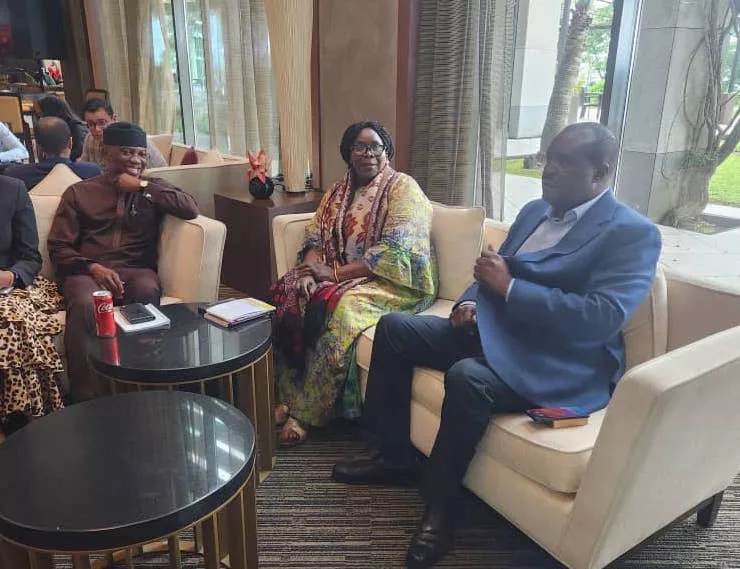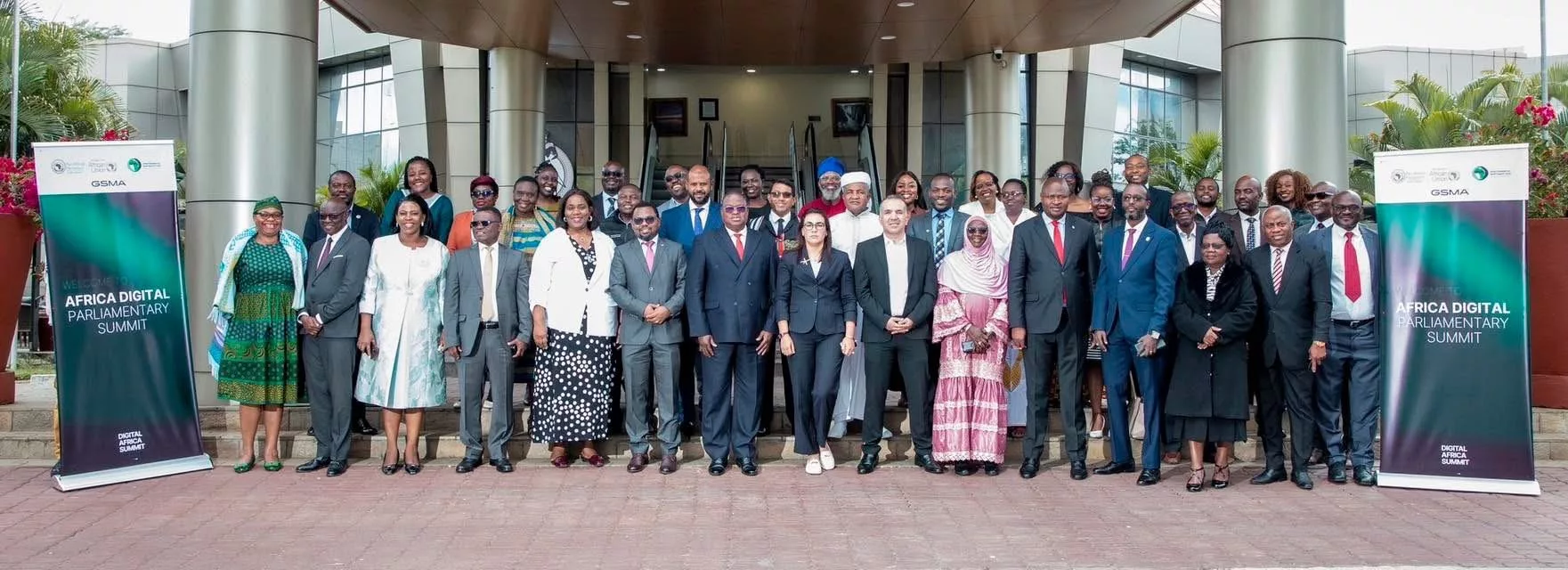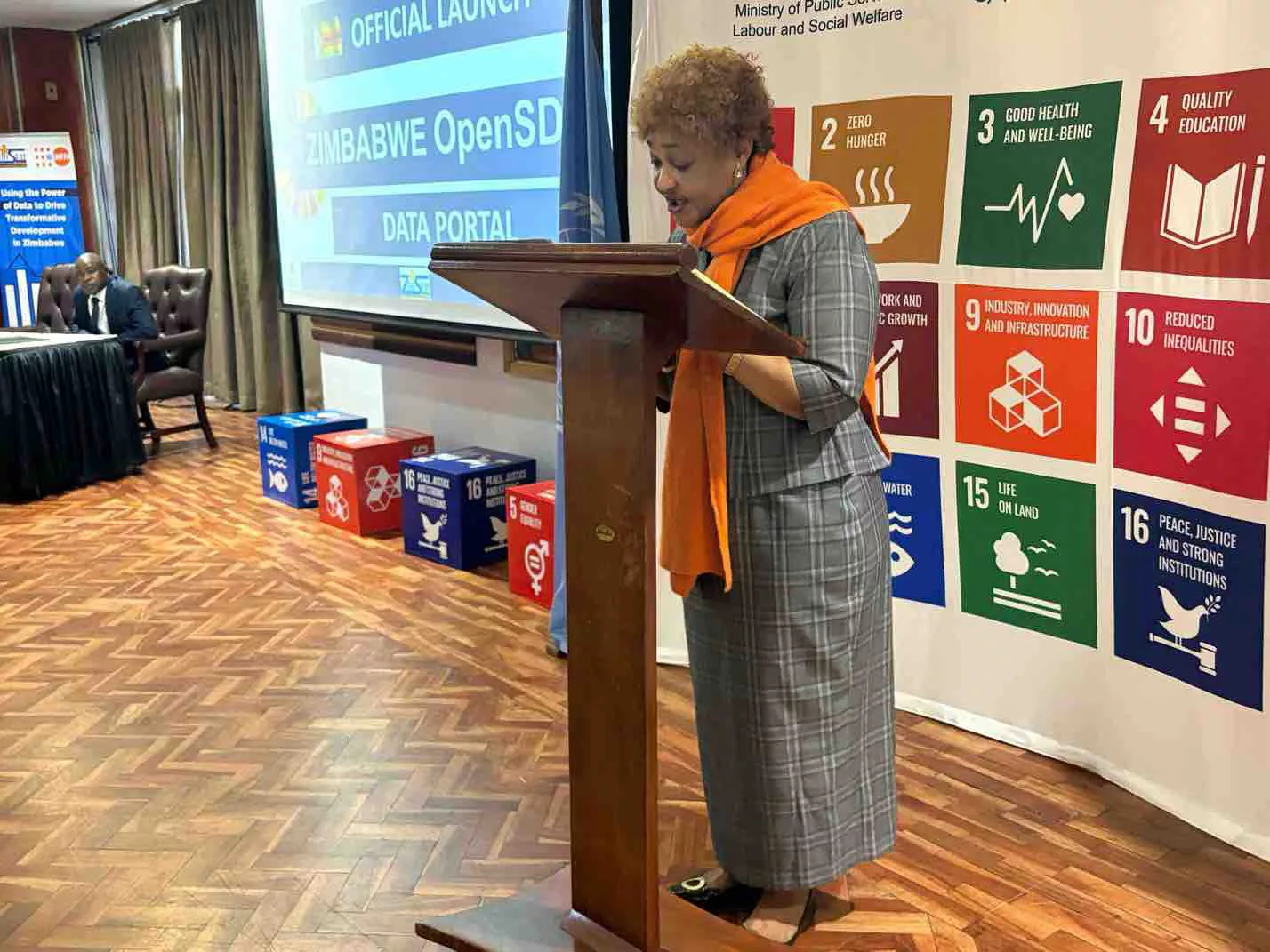By Gender Links
Johannesburg, 20 May 2019
There is urgent need to achieve greater diversity, balance and sensitivity in the coverage of gender violence in South African television.
This is the key finding of the first ever gender monitoring of the audio visual media to include entertainment and children’s programming, in addition to the news, that has been the subject o fmuch greater scrutiny over the years.
The research, undertaken by Gender Links (GL) in partnership with Deutsche Gesellschaft für Internationale Zusammenarbeit (GIZ) and UN Women will be launched today at Critical Thinking Forum of the Mail and Guardian. The Gender, Diversity and Gender Based Violence in South African television forms part of the GIZ and UN Partnerships for Prevention of Violence Against Women and Girls Programme (P4P) in South Africa, Zambia and Lesotho.
Overall, monitors around the country viewed and analysed 1462 news reports, children and adult TV episodes from 24 programmes on 13 channels from 25 November 2018 to 31 January 2019. This amounted to just under 600 hours of TV.
In the news, women’s voices in television have increased from 25% in the last Gender and Media Progress Study conducted in 2015 to 39% of TV news sources; but this is still eleven percentage points short of gender parity.
At 48%, women are better represented as characters in entertainment than as subjects in the news. Women comprise 67% of sources on GBV in TV news, but only 34% of the voices on this subject in entertainment.Girls and women comprise 61% of the characters in children’s programming, but only 40% of the voice overs.
GBV as a topic is 2% of news, 4% of entertainment and 2% of children’s programming. Sexual orientation as a topic only featured in entertainment (3%) and disability only in children’s programming (2%). Prevention constitutes 5% of GBV coverage in the news compared to 29% in children’s programming. Only 16% of TV news stories on GBV mentioned where to go for help. On the other hand, 67% of children’s stories on GBV mentioned where to go for help.
Only 2% of news and 7% of children’s coverage fell in the blatant stereotype category, compared to 16% for entertainment. This is of concern given the powerful role of TV entertainment in shaping societal norms. With women comprising 77% of programme creators but just 31% of executive directors and 15% of directors in entertainment, content creation remains a “man’s world.”


